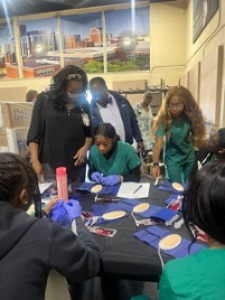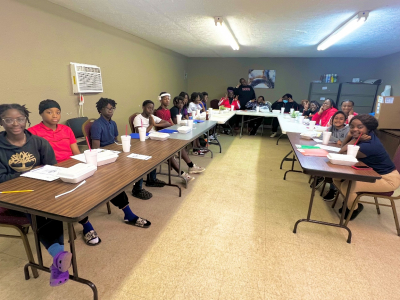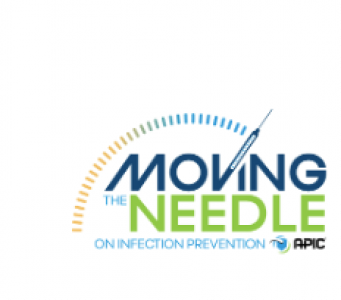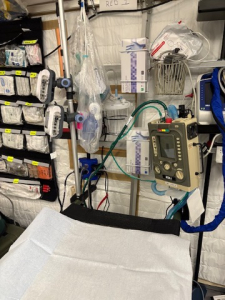See updates from the Pediatric Pandemic Network from our UAB colleagues.

Mini Medical School
The UAB Mini Medical School Program hosted 100 middle school students at the Lincoln Professional Development Center on October 9, 2024. Students learned valuable lessons in forensic science and practiced performing blood pressure checks, oxygen tests, and temperature assessments to determine the presence of fever.

Adolescent Medicine YAB
The UAB Adolescent Medicine Youth Advisory Board (YAB) for the 2024-2025 term in Wilcox County held two orientation meetings on October 9 and 10, 2024. Parents received information about the Pediatric Pandemic Network and UAB Hub, as well as expectations for their children's participation in the YAB. They were encouraged to return the necessary forms and expressed enthusiasm for contributing to the program. During the student orientation, 17 of the 18 recruited YAB members participated via Zoom and in person, where they learned about the YAB's purpose, components, and benefits. The session included icebreakers, scheduling and communication, establishing group guidelines, and discussing selected topics. Finally, students shared their thoughts on speakers and topics for the upcoming YAB term.

MCH HOPES
Maternal Child Health (MCH) HOPES had 38 students present for Reality Check, a simulation of life at age 25. Participants had to secure housing, transportation, utilities, clothing, food, and insurance. Each participant also selected a card from "Things Happen," which could either decrease their funds due to a tragedy or increase them with good luck. The cards included scenarios such as replacing a roof after a storm. Volunteers included trainees, faculty, and staff, as well as representatives from Regions Bank and other local community members.

Infection Control Week
For Infection Control Week, held October 13-18, 2024, parents, guardians, and staff received information on handwashing and recommendations for flu shots and COVID vaccines. While the week is aimed at healthcare workers, it also served as an opportunity to educate another group responsible for preventing the spread of infectious diseases. Information was distributed to parents, guardians, and staff involved with the Youth Advisory Boards in Birmingham and Wilcox County, UAB Mini Med Schools, and MCH HOPES.

Jefferson County EMA
Dr. Coyne-Beasley, principal investigator at UAB/COA, and Lonnie Pressley, director of the UAB/COA Pediatric Pandemic Network, toured the Jefferson County Emergency Management Agency (EMA) offices and will be added to the emergency response preparedness call. The EMA serves as the first line of official public responsibility for emergency management in Jefferson County, overseeing planning efforts that include developing and maintaining a comprehensive program for mitigation, preparedness, response, and recovery.
The Jefferson County EMA collaborates with local governments, nonprofit organizations, and private sector companies to develop plans and capabilities to respond to hazards that pose serious threats to the county.

Hurricane Milton
Dr. Mark Baker, Emergency Preparedness Investigator, was deployed with the National Disaster Medical System under the US Department of Health and Human Services for Hurricane Milton.
He went with a 34-person team from the Alabama Disaster Medical Assistance Team. The team takes call 3 times a year and members work as intermittent federal employees when activated. During this deployment, Dr. Baker worked as a medical officer along with another emergency medicine physician and an adult critical care / EMS physician. There were also several emergency, trauma, and critical care nurse practitioners, nurses, and paramedics as well as specialists in pharmacy, logistics and communications. During staging in Atlanta, there was just-in-time training on the electronic medical record and field medical equipment. After hurricane landfall, several Florida hospitals were impacted by water and power failure and Dr. Baker's team was assigned to an emergency department decompression mission outside a Tampa level 2 trauma / referral center. They set up a functioning 10-bed emergency department and separate staff billeting quarters in the hospital parking lot. They were operational and seeing patients within about 6 hours after arrival at the site. The anticipated patient surge did not materialize, and the impacted hospitals were able to be back on-line within a few days. Their team saw primarily lower acuity emergency department over-flow patients.
After 4 days, they demobilized, taking down the site and returning to their regular work sites.